At eBird we believe it is important to allow birders to collect as much information as specifically as possible.
Pretty vague, but they also say this a few lines later in their help document about subspecies:
For this reason, we try to allow this possibility for those that feel comfortable making these identifications. If you are not comfortable, or do not understand what the subspecies group refers to, please enter your sightings at the species level.
This is going to be the average eBird user; and in 99% of subspecies cases, the species level is going to be enough information to cover the local taxa. But Team eBird does end with this:
A final benefit for entering subspecies groups is that if they are ever split, we will automatically update your lists as appropriate... We encourage you to try to learn more about the eBird subspecies groups in your area and identify them when possible.
So their stance does actually appear to be use them if you feel comfortable, it will benefit you and us. But I think they are overselling it a bit. There are a few species here in Utah I have a bad habit of "subspecielizing" (yeah I just made that up) birds when I create a checklist. Namely these are "Audubon's" Yellow-rumped Warbler, and "Red-shafted" Northern Flicker. These are 2 cases where I got in the habit of doing it a long time ago, but I am going to stop. The reason is simple--in both these cases the subspecies I am naming is the default species found here. This is common knowledge and from a database perspective if this species ever does spilt they will be able to generalize in the east and the west which form was being reported. There are several states where this will be problematic, but in those states the solution should be to note either subspecies. In Utah it really only would matter to note the "Myrtle" subpsecies of Yellow-rumped Warbler as it is going to have far fewer reports and since its not the nominate subspecies it is worth noting. Same for Yellow-shafted Flicker--reports on a yearly basis can be counted on our hands. This can be taken into account if a split occurs.
"Myrtle" Yellow-rumped Warbler is not the expected species in Utah
I also have stopped noting "Western" Red-tailed Hawk. I do always make note of "Harlan's", and if any others ever showed up here, I would note them as well.
Composite shot of a "Harlan's" Red-tailed Hawk in Lehi, Utah
There are also a number of subspecies that I would never take the time to report. "Northern" Mallard, "Blue form" Great Blue Heron--I mean come on these are redundant. These are again the default subspecies here, and the average birder isn't looking to identify forms of Great Blue Heron. Obviously, if a "White form" GBHE shows up I think most birders would take the time to note it... but in general this seems ridiculous. Mallards even more so--99.99% of Mallards in Utah are "Northern". Taking the time to note this in a checklist isn't adding value at the subspecies level. The .01% of times you see a "Mexican" taxa it is well worth noting.
The not rare or notable "Northern" Mallard--it's just a Mallard, come on.
Green-winged Teal is another one I don't note--obviously "American" is going to be the typical one here--if I ever saw a "Eurasian" I would take note immediately--that happens quite rarely here in Utah. Western Scrub-Jay is another one folks--if by some miracle a "Coastal" or "Sumichrast's" showed up here definitely worth noting. But the "Woodhouse's" form is the only species known to occur here--so we probably don't need to note it. Let's not even talk about the subspecies within these subspecies. The list goes on, Steller's Jay, Marsh Wren, and Spotted Towhee.
It is indeed a "Woodhouse's" Western Scrub-Jay--but it's the only subspecies in Utah.
But then there are birds I "subspecielize" (I really like this term) that I see the real value in. These are one where multiple subspecies occur in the same area at certain times of year and worth noting. Dark-eyed Juncos anyone? This is the obvious case where noting a subspecies has a value. It is not uncommon to have 4 subspecies at once during migration, when the local and migrant populations are both found--or even during the winter months. This is one of the rare cases where a common species really does need it. I also note subspecies within "Merlin" as we seem to get a good mix of "Taiga" and "Prairie"--obviously "Pacific/Black" is well worth noting.
It is worth noting your "Pink-sided" Dark-eyed Junco... or any subspecies for that matter
On the flip side we leave A LOT of these subspecies that are generally the expected subspecies off the checklists. This is the way I like it and the way I am going to do my listing going forward to keep things clean, succinct, and obvious. As a birder I challenge you to know subspecies and recognize them--that is something well worth doing. But for checklists in eBird I don't much see the point of noting the obvious ones. If splits ever do occur on most of these, the team at eBird will probably write an algorithm (if they haven't already) to correctly filter the split subspecies into their categorically correct species bucket in a given region, time of year etc.
But to each their own right? Thsi post is not to tell you NOT to use subspecies. It is one persons opinion on the need for it i ncertai cases. Do what you feel comfortable doing and what you want to do to track your sightings. I'm just one dude doing things one way! What are your thoughts on subspecies in eBird.
Labels: eBird, subspecies
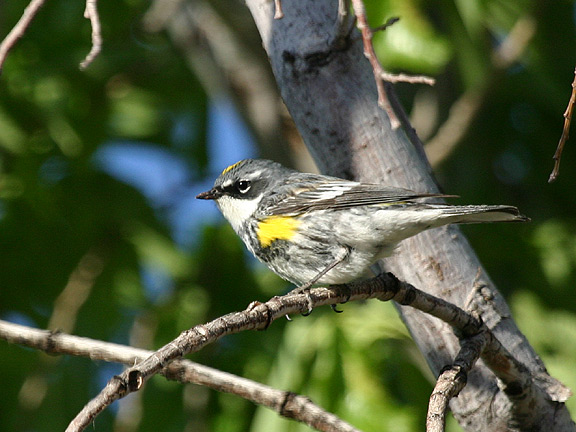
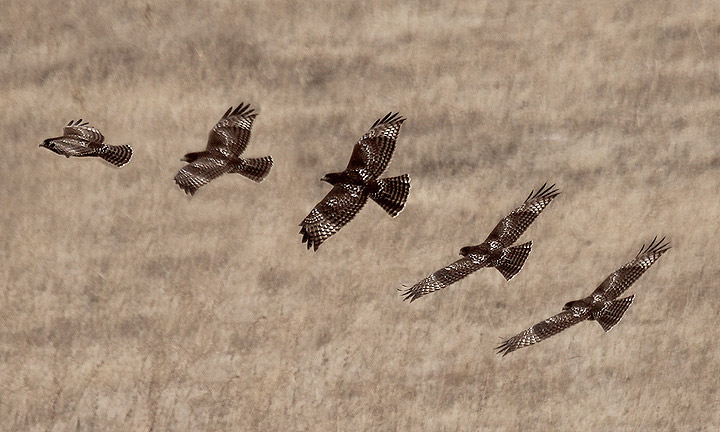
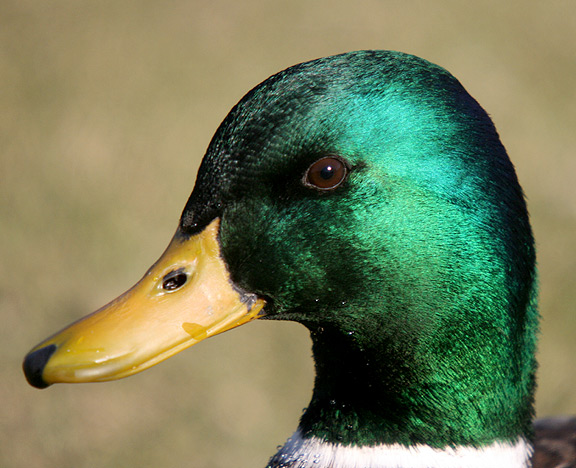
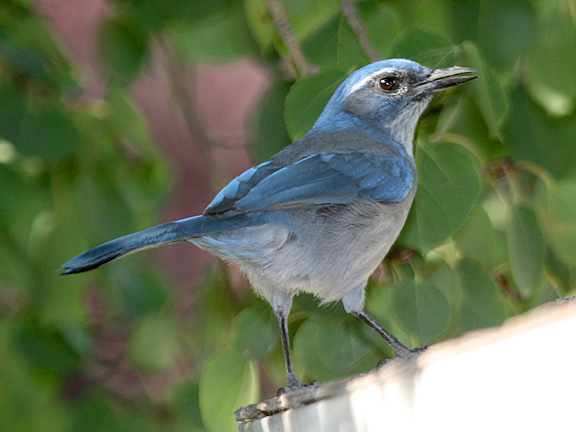
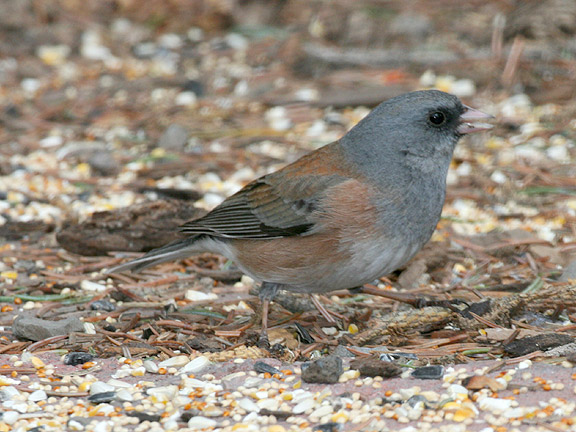

4 Comments:
Interesting take on the issue. I live in Colorado where were get both flickers, both warblers, among a multitude of other subspecies overlap. I think as we go forward this data will be useful, but also for the purpose of potential splits it is the only way in a place like this to have that past data be useful. I hate the Mallard one--it really is kind of odd to note that. Blue form heron? Seriously? I don't get why that is worth noting either. So I agree with you to an extant. I do note the subspecies and will keep on doing so. It may all be a lesson in futility, but that's how I like to do it.
Agreed on all points! There is no reason to show the locally common subspecies of a bird. IT IS EXPECTED FOR CRYING OUT LOUD. If there is a regularly occuring subspecies then show them both. I don't live in Utah so I can't speak to the flickers, but there are quite a few places where they both occur regularly enough to warrant showing them.
Great post. I agree with many of your points and disagree with others.
I agree that any species where the rarer subspecies is less than annual or never expected in a given Utah location, then you shouldn't list the expected subspecies. There are many cases of this worth looking into on the Utah ebird checklsts- Mallard (Northern), Green-winged Teal (American), Willet (Western), Warbling Vireo (Western), Steller's Jay (Interior), Western Scrub-Jay (Woodhouse's), Marsh Wren (Interior west) and Blue-gray Gnatcatcher (Western). With these species we are only going to see the expected subspecies.
For species with two or more subspecies that occur in Utah and the rarer subspecies at least annual, I think the expected subspecies should be listed to bring attention that another subspecies can occur. This applies to species like Red-tailed Hawk, Northern Flicker, Yellow-rumped Warbler and Orange-crowned Warbler where there is a predominant form and the rarer subspecies (Harlan's, Yellow-shafted, Myrtle and Lutescens respectively) does show up annually at the very least. Without this distinction, the rarer subspecies could go unreported since newer birders could see "Northern Flicker" and just put in that count and not even realize that the Yellow-shafted one they saw was special. Even more experienced birds may think that ebird doesn't care if they saw a yellow-shafted if only "Northern Flicker' is listed and skip searching out Yellow-shafted Flicker to enter it in.
Several species should have multiple subspecies listed most the of the time (depending on the season) like Gambel's and Mountain White-crowned Sparrow, the various Dark-eyed Junco subspecies and the 2 Gray-crowned Rosy-finch subspecies.
I think it is important to be more detailed with subspecies than what you are suggesting. I think there is nothing wrong with listing both the expected subspecies if the 2nd second subspecies is at least annual, since it would let birders know that there are multiple subspecies that can be found in Utah. Birders becoming more detailed in the field by studying birds at a subspecies level can only be a good thing since it will make them better birders through the focused study of a bird, looking for additional field marks. Learning birds better and learning to study birds in a more detailed fashion will also help birders to find rarer species as well.
Ebird is also very underrated for the information it can provide on local status and distribution of a species when the checklist for a particular region is accurate. I would even say that an accurate county checklist on ebird is the best source of local distribution a birder can have. Field guides can't possibly give distribution and state accurately at the local level, not even any of the Utah field guides. For example, field guides like Sibleys and the NatGeo will show species like Lewis's Woodpecker and Sagebrush Sparrow as being present in Salt Lake County when there are only a handful of records for each ever in the county. Ebird checklists for Salt Lake County can show those species as rare at a county level. Information like this about the local distributions and statuses will only help birders out.
Showing the subspecies can be helpful to both beginner and more experienced birders alike. If people don't want to see subspecies, they can always click the button on the right side of a checklist they are submitting to hide them. But for the birders who do want to see subspecies, they should be accurate for a given area and reflect the subspecies that can show up.
If you want a real conundrum, what do you do on checklists for species that we have 2 subspecies expected (most of the time a breeder and a different migrant subspecies),that look too similar to accurately tell apart? Species here include Sandhill Crane (Greaters breed, some Lessers migrate through), Spotted Towhee (montanus breed, arcticus winters?) and Swainson's Thrush. Or if to list Cackling Geese subspecies even.
@Kenny, et al:
This just appears to be a case where I fundamentally disagree. If a species is only detected one time for every let's say 10,000 checklists submitted I don't see the point in showing the more common expected subspecies. Northern Flicker is the example that we are using here where in yes, there are a couple of reports every year. But by in far as I mentioned on Facebook, only 1 in about 1,400 detections of Northern Flicker actually note Yellow-shafted in Utah. I believe this is fairly accurate. There are likely more detections, but not a lot more. In this case as a user entering Northern Flicker every flicker I enter is by default a Red-shafted. If an observer sees and is able to identify one that has yellow-shafts, THEN it makes sense to make note to subspecies because it is the outlier. There are not enough detections in my opinion to warrant showing the subspecies of Red-shafted in this case. Anyone trying to interpret the data can make the assumption that all Northern Flickers reported in Utah are therefore Red-shafted unless otherwise noted.
Same thing with the Red-tailed Hawk--with Red-tailed year round I would only show Red-tailed Hawk. From November through March however, I would show "Harlan's" as a regularly occurring subspecies. In this instance, the number of detections is far higher than for the flicker. We don't need to show "Western" as it THE species seen here. Again, I am coming from a fundamentally different view here; wherein we know the default taxa; and we know the regularly occurring taxa; and we know the rare if ever occurring taxa. Showing default taxa is not necessary if we look at the data using common sense. I don't think seeing subspecies listed is necessarily the driving factor in birders learning them, or studying them more. That comes from within, and wanting to. It does certainly make them aware if they weren't--but then why not just get rid of base species and only show subspecies? If we truly want to help people learn; and to know what is found locally; then the local taxa or multiple subspecies are all worth noting based on occurrence. Get rid of base species all together.
eBird is different strokes for different folks so there are going to be differing points of view. I think anyone could argue any number of ways to display species and subspecies and make a valid argument. My personal opinion remains the same. Data accumulation and analysis make it possible to make inferences with less specification on general data points. The outliers are what generate the information to fill in the gaps. In my world less is more and simplification guides users in the right direction... generally. The views from a strictly scientific standpoint will definitely differ than mine--granular data is highly useful, but we can take species specific data for what it is. I actually have a really cool idea for subspecies and how to display it for data entry if we wanted to get really granular. Another day another blog post. Maybe I should just do a blog for eBird feature requests...
Post a Comment
Subscribe to Post Comments [Atom]
<< Back to Previous